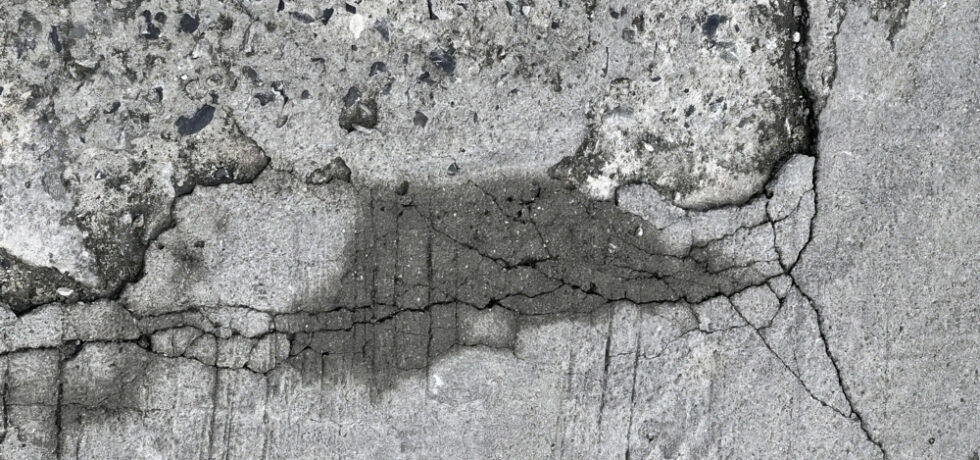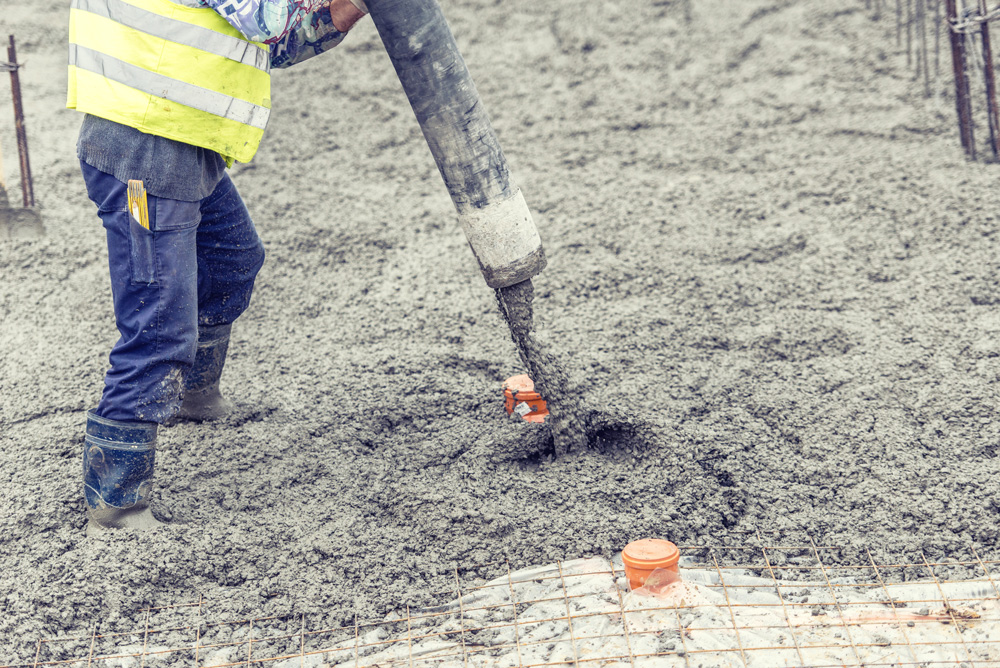Category
- Concrete Waterproofing
Concrete durability — its ability to resist weathering and chemical attack, and maintain desired engineering properties over time — is crucial. Durability failures often stem from the use of substandard materials, improper mix designs, inadequate construction practices, and insufficient curing.
These shortcomings can significantly reduce a concrete structure’s expected lifespan and performance.
The Challenge of Measuring Concrete Durability
Measuring concrete’s durability is complex yet essential. Durability assessments typically consider:
- The specific environmental conditions
- The intended application
- The expected lifespan of the concrete structure
These factors vary widely, making a one-size-fits-all approach to durability testing impractical. Unlike strength testing, which is straightforward and uniform, durability testing requires a nuanced understanding of the concrete’s interaction with its environment.
The Effect of Permeability on Durability
Permeability plays a critical role in concrete durability. High permeability allows for the ingress of water and harmful chemicals, which can accelerate the deterioration of the concrete and corrosion of the supporting rebar. Therefore, assessing a concrete mix’s permeability provides valuable insights into its overall durability.
Water Permeability Testing: A Reliable Measure
Among various testing methods, the Water Permeability Test stands out for its accuracy in determining concrete’s resistance to water penetration under hydrostatic pressure. This test is key to evaluating durability, especially in structures exposed to such pressures.
The Water Permeability Test is performed following standards such as BS EN 12390-8 and DIN 1048 Part 5. These involve measuring the depth of water penetration into concrete samples under specific hydrostatic pressure for a set period. The water permeability testing process includes:
- Casting and curing concrete samples for 28 days
- Subjecting the samples to hydrostatic pressure in a testing apparatus
- After three days, analyzing the depth of water penetration by cracking the samples vertically
- A lower depth of penetration indicates a higher resistance to water pressure, suggesting superior durability.
While Water Permeability Testing is highly reliable, it has its limitations. For dense, low-permeable mixes, comparing penetration depths can be challenging. Furthermore, this method is best supplemented by other tests, such as the Absorption Test, for conditions not involving hydrostatic pressure, or the Rapid Chloride Permeability Test, a simple evaluation of concrete’s resistance to chloride penetration.
A Complete Approach to Durability Testing
The Water Permeability Test is important for assessing concrete durability under hydrostatic pressure. However, a comprehensive approach to durability testing should also consider resistance to environmental factors and the concrete’s propensity to crack. By prioritizing these aspects, we can ensure the construction of durable, long-lasting concrete structures that meet and exceed lifespan expectations, contributing to more sustainable and resilient infrastructure.




